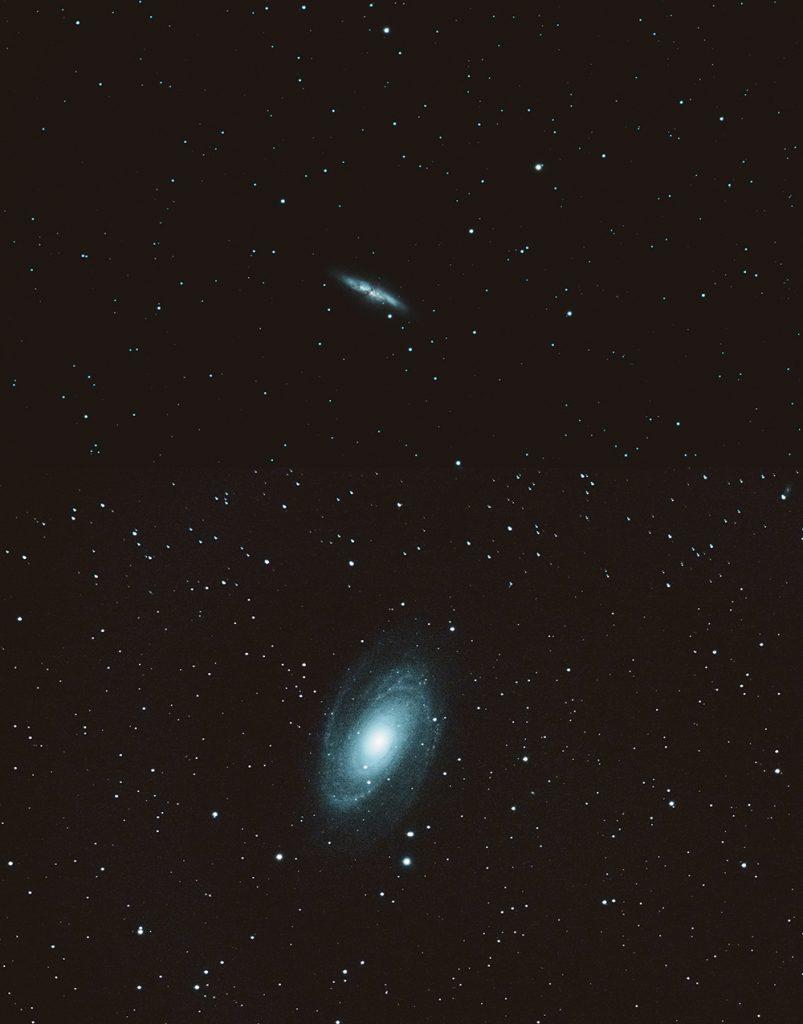On the way home from work a strange sight beheld me. Looking towards the north-east, it looked like the shutters were being rolled back.
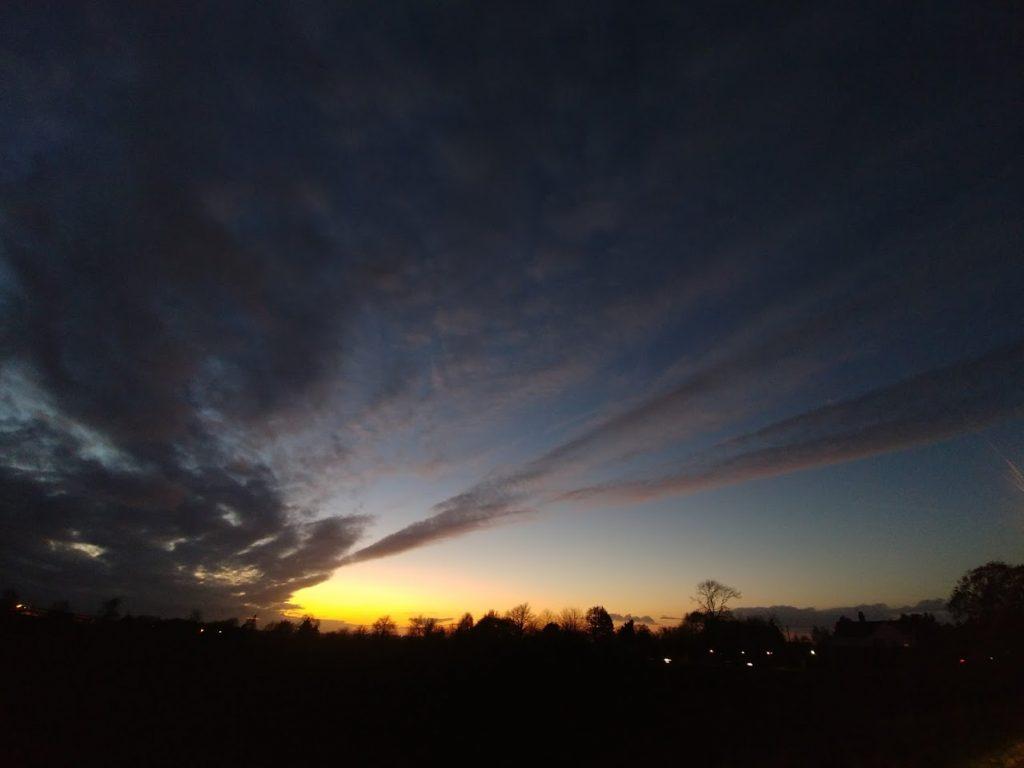
A clear night, with no Moon looked to be promised.
It’s been quite a while since I did some serious deep-sky imaging (Good grief, was it really the 20th of January!).
As I didn’t have work the next day, I decided I just had to get out and give it a go.
So early evening I got some of my next astrophotography workshop written, before venturing out into the dome.
I also took time throughout the night to stand out to see if I could see any Leonids.
Fat chance!
Didn’t even see a faint one.
The first target was NGC 891, a beautiful edge-on galaxy. The dark dust lane and a hint of structure.
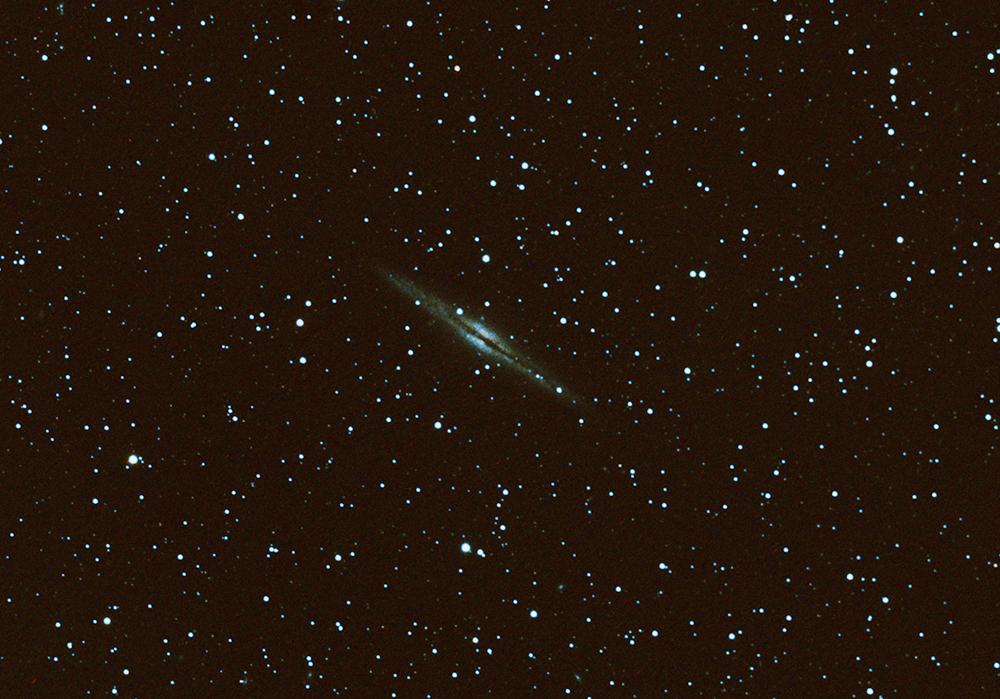
A bit lower in the sky was comet C/2015 ER61 PANSTARRS.
The colour image wasn’t that good, but making it mono and inverting the image shows quite a long dust tail, going off the the right hand side of the image .
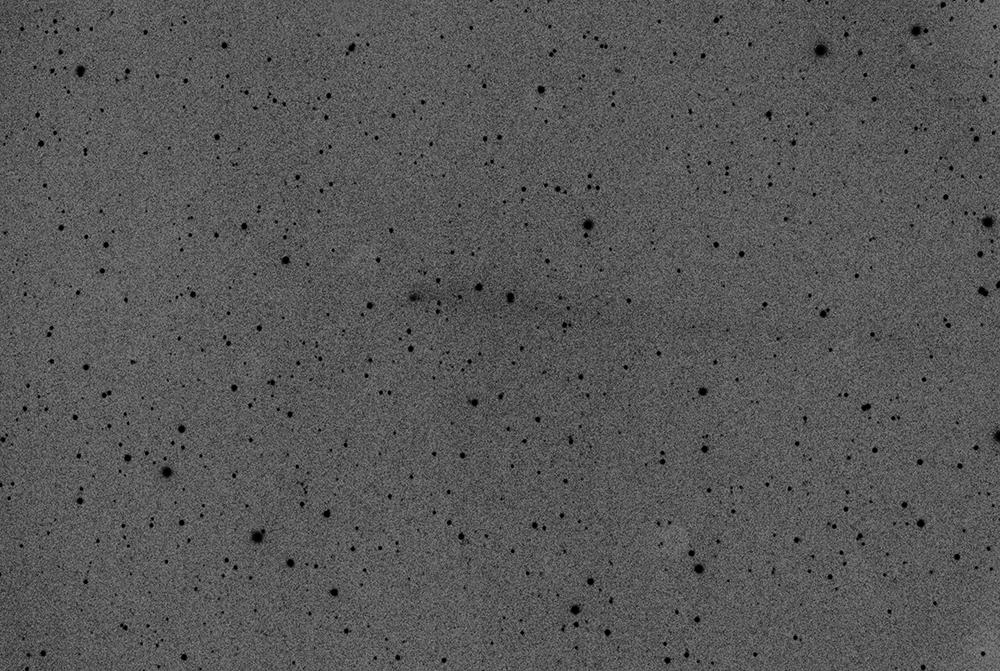
Next, I went over to visit an old favourite, The Pleiades Star Cluster.
The initial image looked good, but while I was processing this, more subs were being taken.
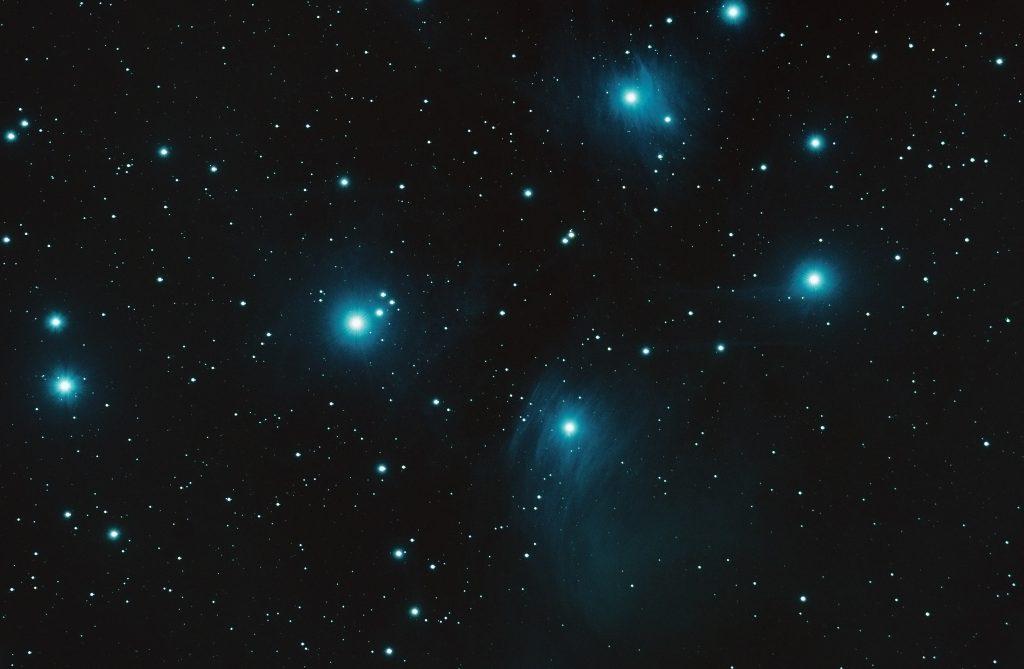
The image is definitely improved with the extra data.
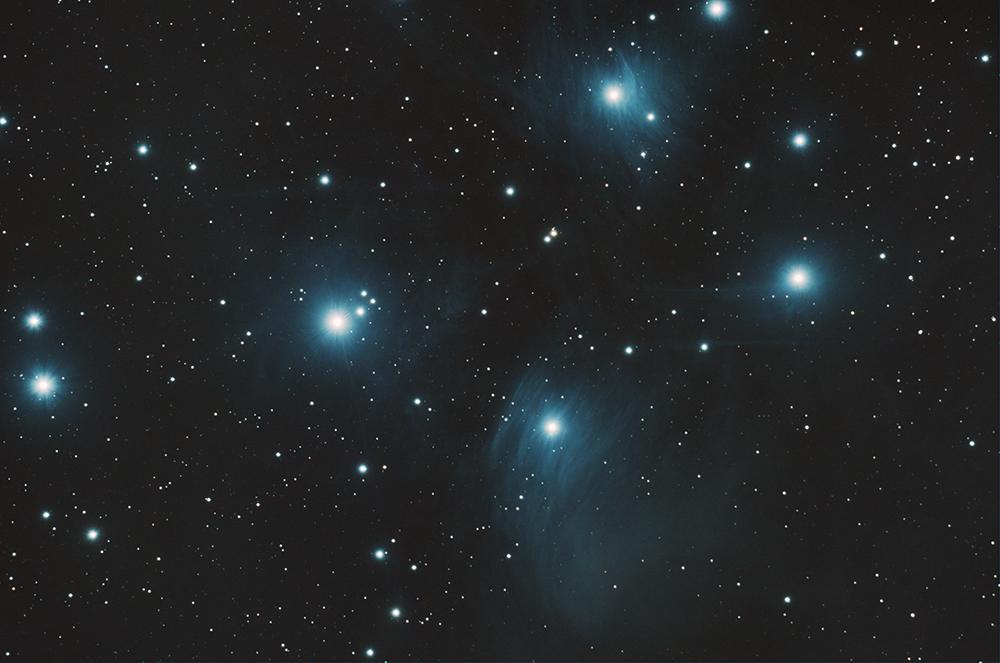
While I was on the bright stuff, I thought I’d try the core of M31.
The galaxy was almost overhead, so the auto-guiding was struggling.
I gave up, but got 4 subs to make an image.
Some dust lanes can be clearly seen, so I moved on to a fainter Messier object.
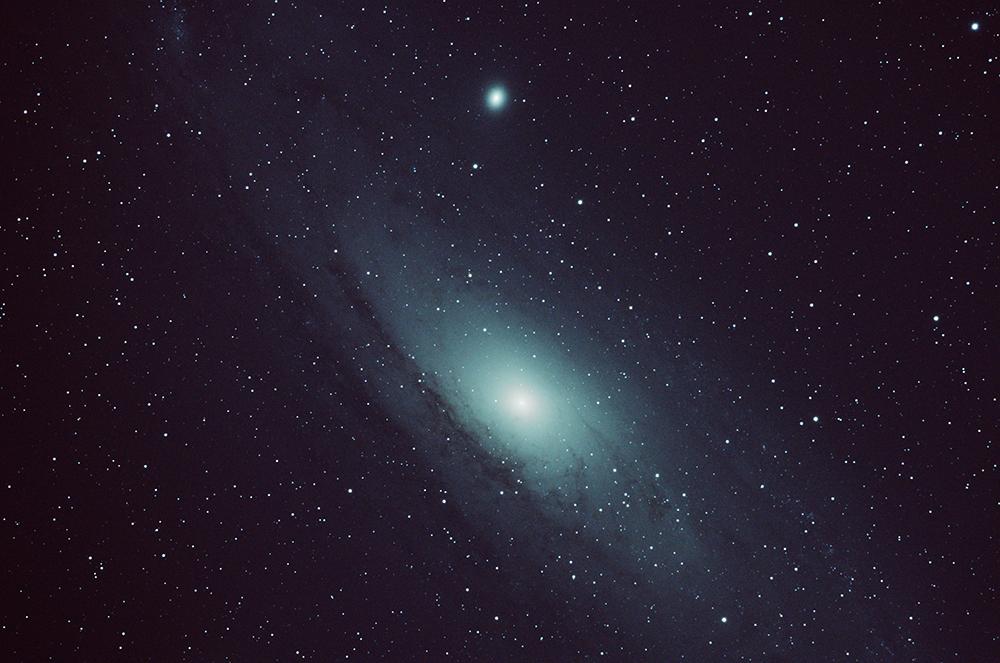
M1 is the much studied supernova remnant, the Crab Nebula.
This is the remains of a star that was observed by Chinese astronomers to go supernova in 1054.
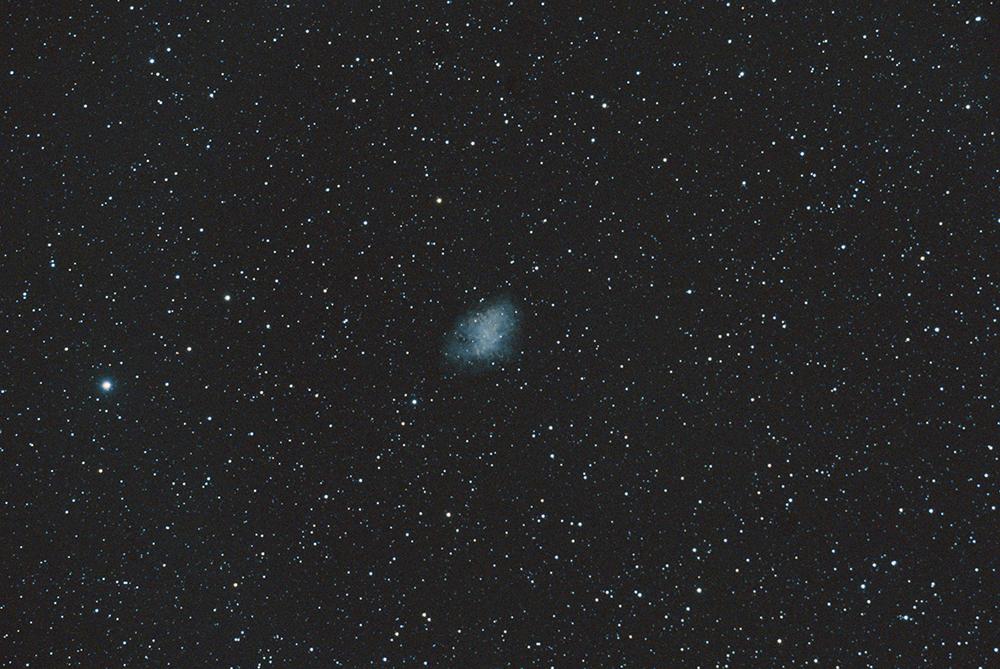
From there, it was adventure down south into Orion.
M78 was my first target.
A challenge in the light pollution, but the lack of stars visible due to the presence of dark obscuring dust shows quite well.
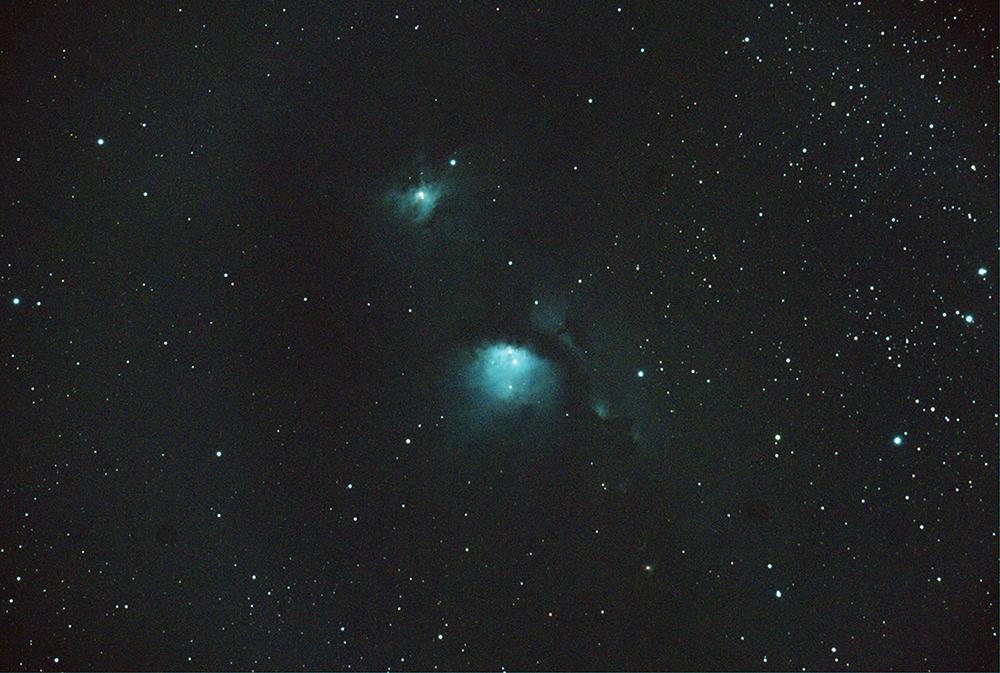
Further South, the Horsehead Nebula and Flaming nebula close to the left hand belt star Alnitak.
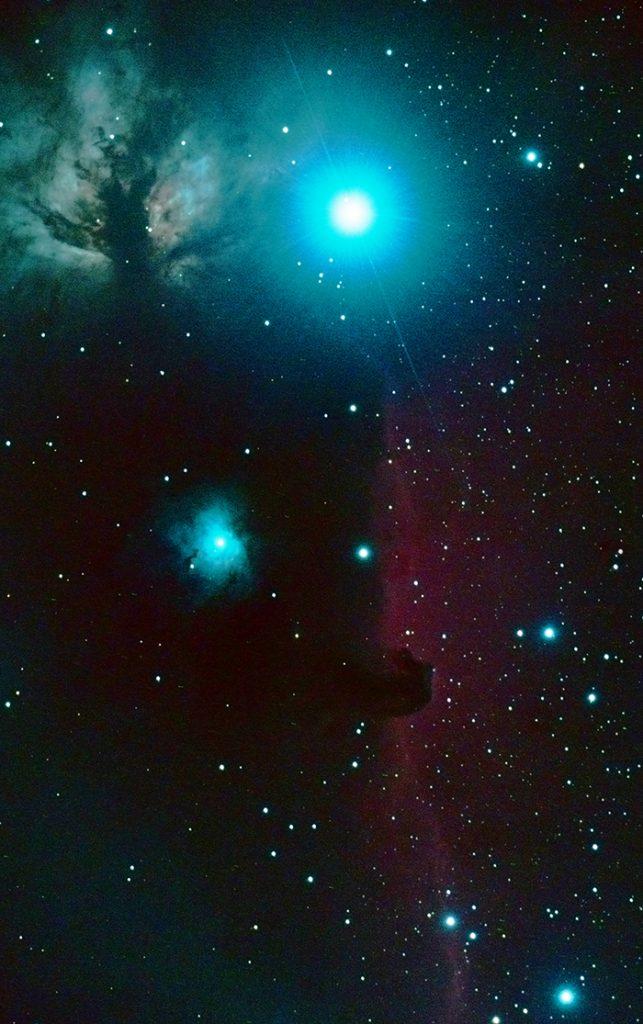
A visit to Orion must involve a look at M42, the great Orion Nebula.
The colour didn’t look too good, but the image itself contained a lot of detail.
So I overlaid the image taken tonight as a luminosity layer on top of a much more grainy image that captured the colour much better.
The result was finally very pleasing.
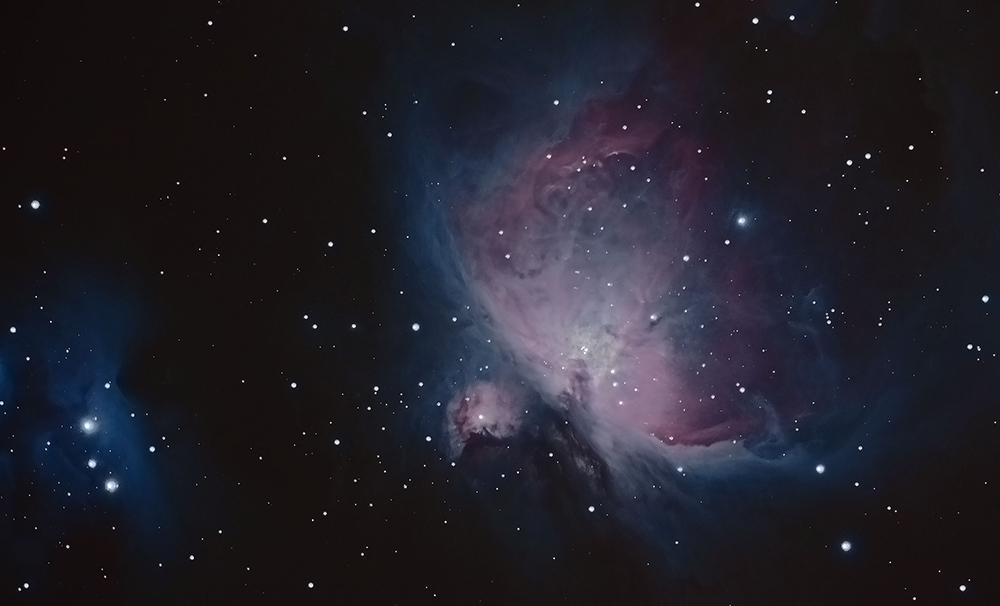
Last object in northern Orion was NGC 2174, The Monkey Head Nebula.
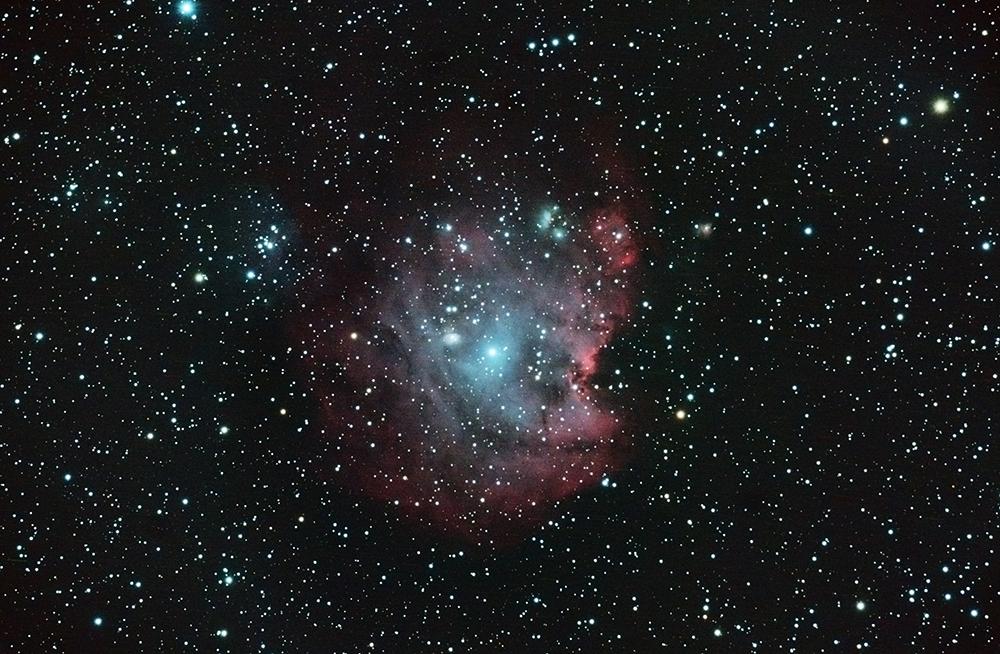
By this time I was getting cold and tired. So my last two objects were M81 & M82.
It was getting a little bit murky by this time, so I did as best I could and used the two images to build a wider field mosaic.
You can see how there are less stars in the M82 half of the image as the sky was getting worse.
